QuestionHi,
I would like to own either a Bearded Dragon or an Anole but which lizard would be better? I would like a lizard that you can handle and isn't EXTREMELY HIGH MAITENENCE, but I have no problem with feeding them insects. I have room for a 73cm x 43cm x 45cm tank and I would be willing to spend what money is required on light, heat and whatever. So in your opinion which lizard is best? Thanks Nicole
AnswerTo be quite honest, coming from 20 years of herp experience, if you want something you can handle and cuddle, then get a puppy or cat. Reptiles do not like to be handled. They tolerate it at best, but it is very stressful for them. After all, they are reptiles. Stress can compromise immuno-response, and compromised immuno-response allows explosive parasite proliferation and infection by opportunistic pathogens. Stress kills reptiles, and too many people do not understand that.
Reptiles are also not a low maintenance pet contrary to misconception ( usually from those who have killed a lot of them ). Reptiles actually require more in my opinion than most other common domestic pets. They cannot interact and respond to things like pain, illness, and danger the way that cats, dogs, or even birds do, and the way that most people are accustomed to noticing. They are less well understood and there is much to learn about signs when something is wrong. There are many nuances and subtleties that make vigilance the watchword for keeping a reptile...if you plan to be a reptile keeper for very long that is.
Despite what someone making minimum wage at a pet store, or some amateur from a forum might tell you; a Beardie is NOT a recommended lizard for a beginner. They are pretty docile, but there are many issues that make them unsuited to inexperienced keepers. A Beardie is a second or third lizard, after you have had a few years of keeping something else alive for a few years. I'm not sure what your tank dimensions work out to. Sounds kinda small. For a Beardie you need to be thinking in terms of 55 to 100 gallons or more ( about 2-3 meters in length ). They are larger lizards and require a lot of space continually as they grow for proper thermoregulation and thermal gradient/microclimate.
There are two lizards I recommend for beginners. The Anole, or a docile nocturnal Gecko, such as a Leopard Gecko. I also frequently recommend Corn snakes for those who specifically ask about "maintenance" issues. As far as amount of time spent feeding, etc., a rodent eating snake makes a good first reptile in some cases too. The Corn snake is at the top of the list for beginners in my opinion.
The Anole you really aren't going to be able to handle much anyway unless you get it very young ( which I don't recommend ), or unless it was captive bred and has close interaction with people and has become very docile. They may become accustomed to jumping on your arm or hand and sitting, but not being "handled". They are also smaller lizards, and very fast, so escape is always a big possibility if you are taking them out of their habitat. Their tails may also break off if not handled carefully. They will require UVB lighting.
The Leopard Gecko is a very hardy lizard in captivity when kept properly. Though they can be allowed to walk on your hand, arms, and such, they are somewhat fragile and their tails can also break off if not handled carefully. My wife has had her male and female Leo Geckos, Arthur and Camille, for 10 years. They are sometimes handled, and their tails have never been broken, mainly because we view handling more as a necessity to inspect them or clean the tank, than enjoyment for us as if they were toys. Again, handling is something people usually do for fun with something, but for reptiles this is not "fun". We try to confine handling to necessity, and get entertainment from just watching them interact or eat. The Leo Geckos have "reduced" UVB requirements and most people will tell you that they don't need UVB, but this is not true. They are active and hunt at night, but during the day, even as they hide in their rock hides in the wild, they are receiving UVB scatter from the sun. I recommend a UVB fluorescent tube even for nocturnal geckos. Nocturnal reptiles, deep rainforest reptiles, or snakes not eating fresh prey are the only reptiles I recommend a fluorescent tube for. Most other diurnal reptiles should get a mercury vapor lamp ( especially desert species ).
The Corn snake will derive it's D3 needs from the organs of it's prey, though unless it is fresh prey, it may need supplementation with a lamp as stated. The Corn is very hardy, and is less stressed about being handled than most, because almost all of them on the market now are captive bred. Their setup and feeding costs may also be less than for lizards like the Anole or Beardie, who will require frequent crickets and other prey, along with a UVB lamp without question.
http://www.kingsnake.com/anolecare/
http://www.anapsid.org/anole.html
http://www.beardeddragon.org/

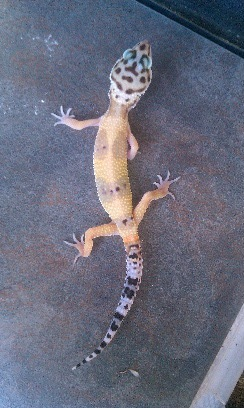 Female Leopard Gecko wont eat
Question
Mac
Hi,
I got 2 female Leopard Gecko a
Female Leopard Gecko wont eat
Question
Mac
Hi,
I got 2 female Leopard Gecko a
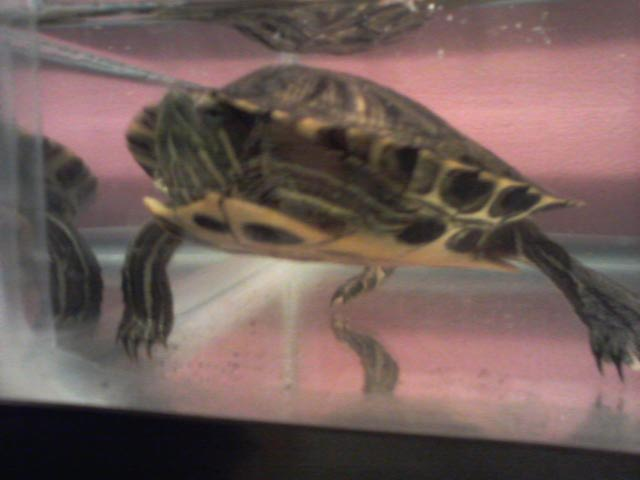 HELP!!!
QuestionMy RES Turtle
The Tank
QUESTION:
HELP!!!
QuestionMy RES Turtle
The Tank
QUESTION:
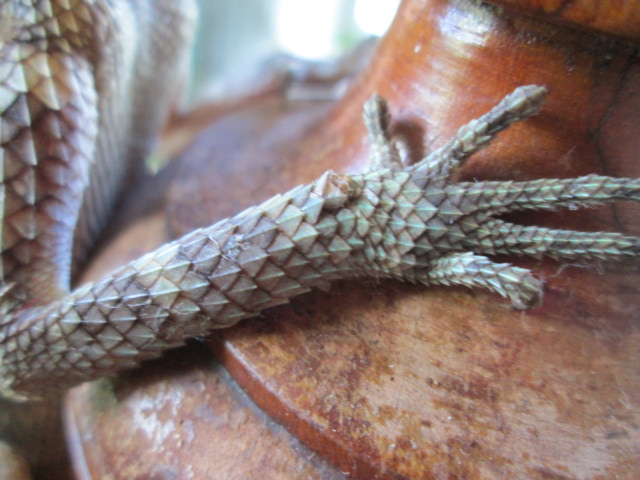 mountain horned dragon twitching
QuestionQUESTION: I recently noticed that my 12 inch BM
mountain horned dragon twitching
QuestionQUESTION: I recently noticed that my 12 inch BM
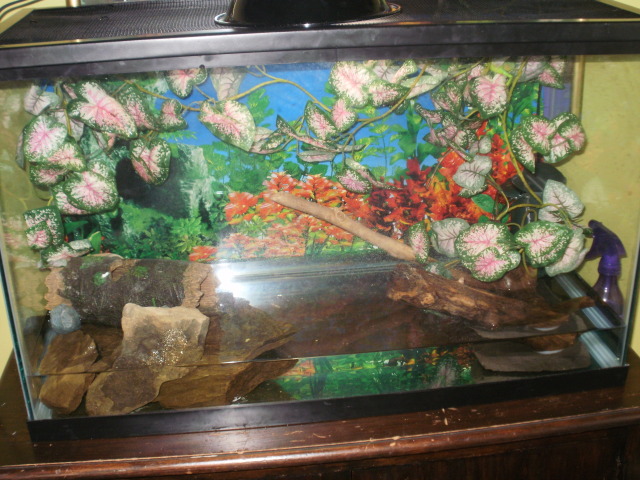 parasite in water dragon
QuestionQUESTION: My daughter has a Chinese water drago
parasite in water dragon
QuestionQUESTION: My daughter has a Chinese water drago
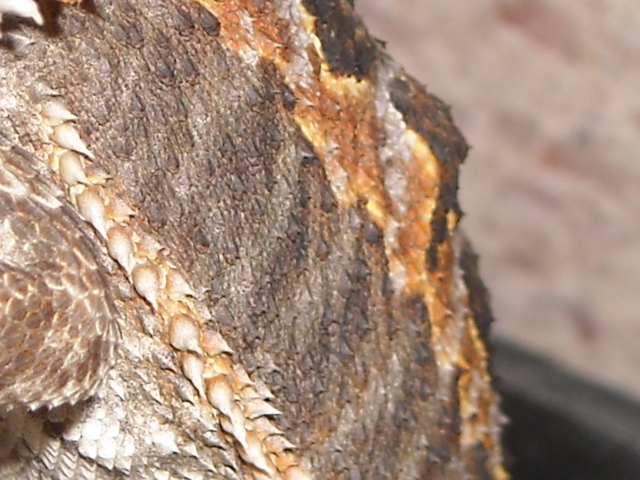 Snickers Bumps on back
QuestionSnickers
QUESTION: Oh Tracie, You are ta
Snickers Bumps on back
QuestionSnickers
QUESTION: Oh Tracie, You are ta